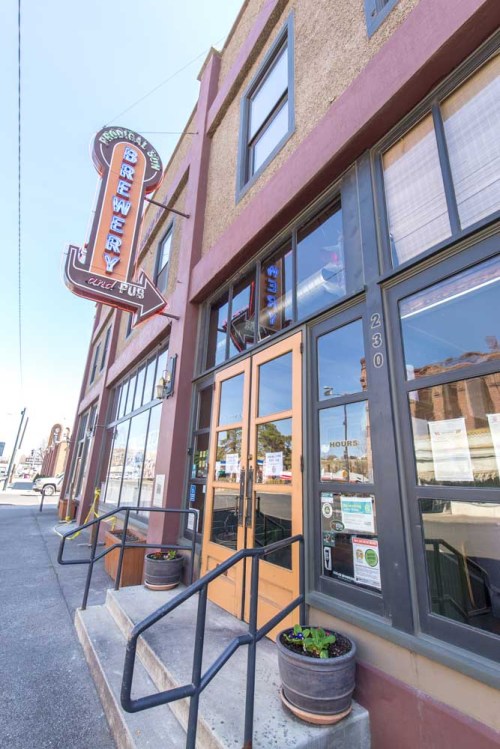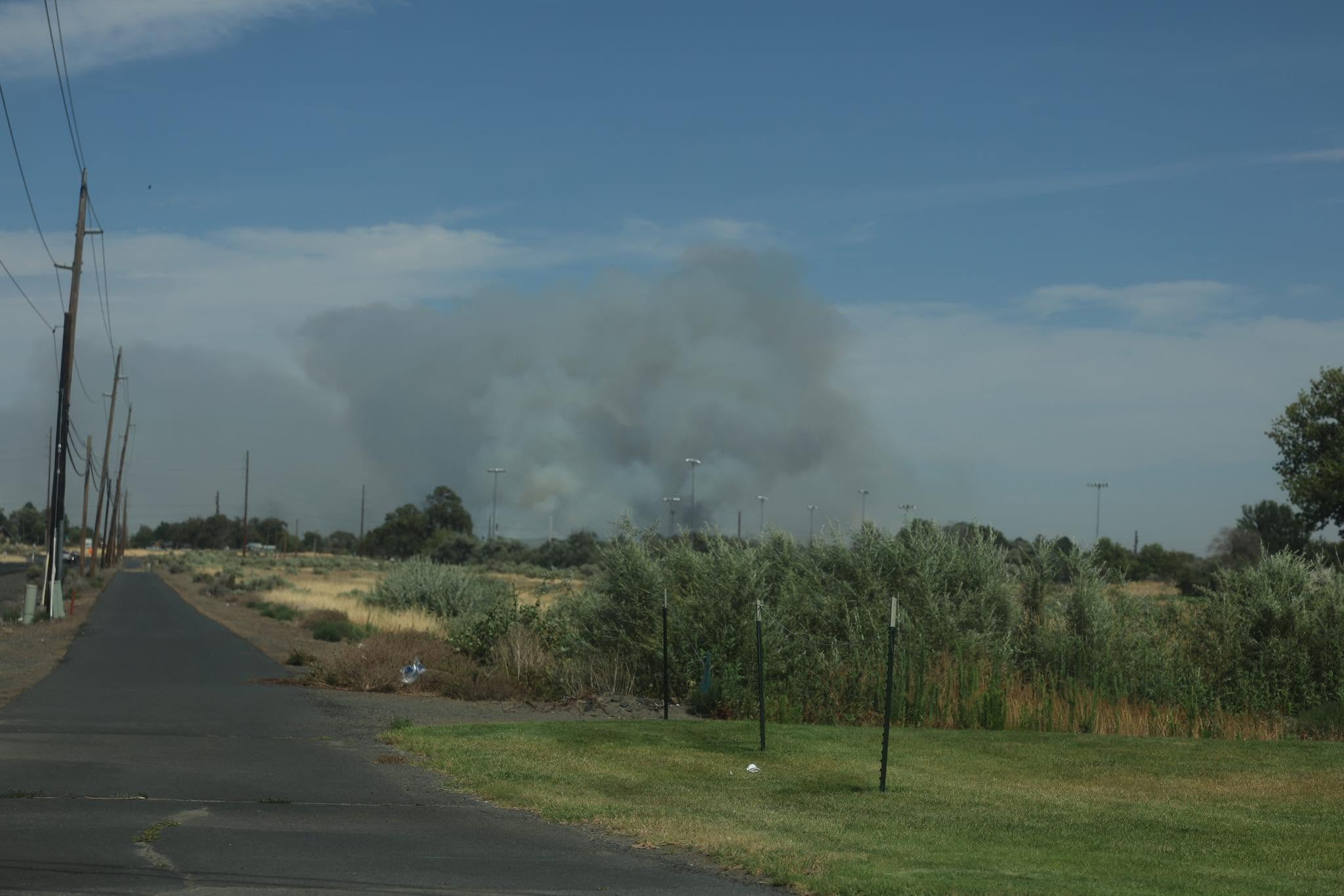More than $4 million projected for Umatilla County and its cities from federal coronavirus relief package
Published 5:00 am Thursday, June 25, 2020

- Like many eateries in Oregon, the Prodigal Son Brewery closed its table service in the early days of the shutdown, though it continued to fill growlers.
UMATILLA COUNTY — Nearly three months after Congress signed off on the $2 trillion coronavirus relief package, a structure is finally coming together for how Oregon’s local governments will access and use $200 million in reimbursements to respond to the pandemic.
While it may be some time before the funding is actually in their hands, local officials throughout Umatilla County will have more than $4 million to cover local costs directly associated with COVID-19 and the economic impacts that have followed.
The structure, which includes a reimbursement model with base funding allocations guaranteed for each city and county while allowing for additional funding on a per capita basis, is the result of a legislative workgroup that included Sen. Bill Hansell, R-Athena.
“I’m just really pleased to have been a part of getting the money out to where it was designated to go,” Hansell said. “Even though it was not the entire allocation, it was a large part and it’s certain to be well used.”
One of the important outcomes of that workgroup, Hansell said, was allowing local governments to use their shares for economic relief in addition to the public health costs associated with the pandemic. Prior to the workgroup convening, the governor’s office and state legislators were intending to limit the funding more narrowly to public health costs.
“One size doesn’t fit all,” Hansell said, highlighting that responses to the virus from each county and city have differed depending on the extent of local cases and outbreaks.
Umatilla County is earmarked to receive roughly $2.3 million for its response to the virus, much of which will help cover increased costs at the public health department.
Specifically, Commissioner John Shafer said it will cover the county’s increased staffing levels for contact tracing during the pandemic and office changes at the Pendleton courthouse to accommodate the adjusted court proceedings that have shuttered the courthouse in Hermiston for everything but jury trials.
But thanks to the workgroup freeing the funding for economic relief as well, Shafer said the grant program the county rolled out in the first weeks of the pandemic will now be reimbursable.
“I can’t think of anything that we’ve spent or that we will spend in the coming months that’s COVID-19-related that this won’t help us cover,” Shafer said. “We can reimburse for the grant money that we put out in the first weeks of COVID-19, we can also probably help out more businesses with it.”
Officials in Pendleton, Hermiston and Milton-Freewater all said their cities are just beginning discussions on how the funds will be appropriated locally, but will likely apply for reimbursement of their similar grant programs that they issued separately from the county.
Umatilla County cities also got a boost when the governor’s office pushed back on the initial allocation formula from the legislative workgroup that would have allocated funding for cities in Multnomah and Washington counties.
Unlike the rest of the state’s local governments, Multnomah and Washington counties, along with the city of Portland, were allowed to apply for funding from the coronavirus relief package directly to the federal government because they have populations larger than 500,000 people. As a result, they already received a total of about $247 million between them, which the workgroup and governor’s office eventually agreed should be enough to already cover all cities within the state’s two largest metro counties.
“If I’m Multnomah County and I know whatever I don’t give to Gresham the state’s going to backfill it anyway, why would I ever want to give it to Gresham?” Hansell said. “There’s no incentive.”
After readjusting the formula, which begins with a base of $50,000 for all cities with a population of 750 or more, and then increases on a per capita basis, each city was allocated a 30% increase in funding.
Pendleton, for example, saw its projected allocation rise from about $386,000 to just over $500,000.
“We’ve been trying to do something to relieve the pressure on businesses already,” said Pendleton Mayor John Turner about the city’s plans for the reimbursement funding. “I think the council might be receptive to the idea of taking some of that money and using it for business incentives.”
Hermiston City Manager Byron Smith said the city council will likely look at how to make the most of the roughly $541,000 it was allocated for economic relief, whether that be in the form of more business grants or potential utility relief programs for residents.
Seven of the county’s smallest cities are only slated to receive the base funding of $50,000 — or $25,000 for cities with a population under 750 — while Umatilla ($220,000), Milton-Freewater ($210,000), and Stanfield ($66,000) will also receive additional federal dollars.
These government entities will also be able to share funds and direct them to one another if cities find themselves with more or less funding than they need.
“Hopefully, it will be the catalyst to promote interjurisdictional cooperation and helping each other out,” Hansell said.
To discuss both what the federal funding can be used on generally and how the county and its 12 incorporated cities will prioritize their funding, Hansell is joining the Umatilla County Board of Commissioners and the city managers from each city for a meeting at the Pendleton Convention Center on Wednesday, July 1.
“I can’t think of anything that we’ve spent or that we will spend in the coming months that’s COVID-19-related that this won’t help us cover. We can reimburse for the grant money that we put out in the first weeks of COVID-19, we can also probably help out more businesses with it.”
— John Shafer, Umatilla County commissioner









